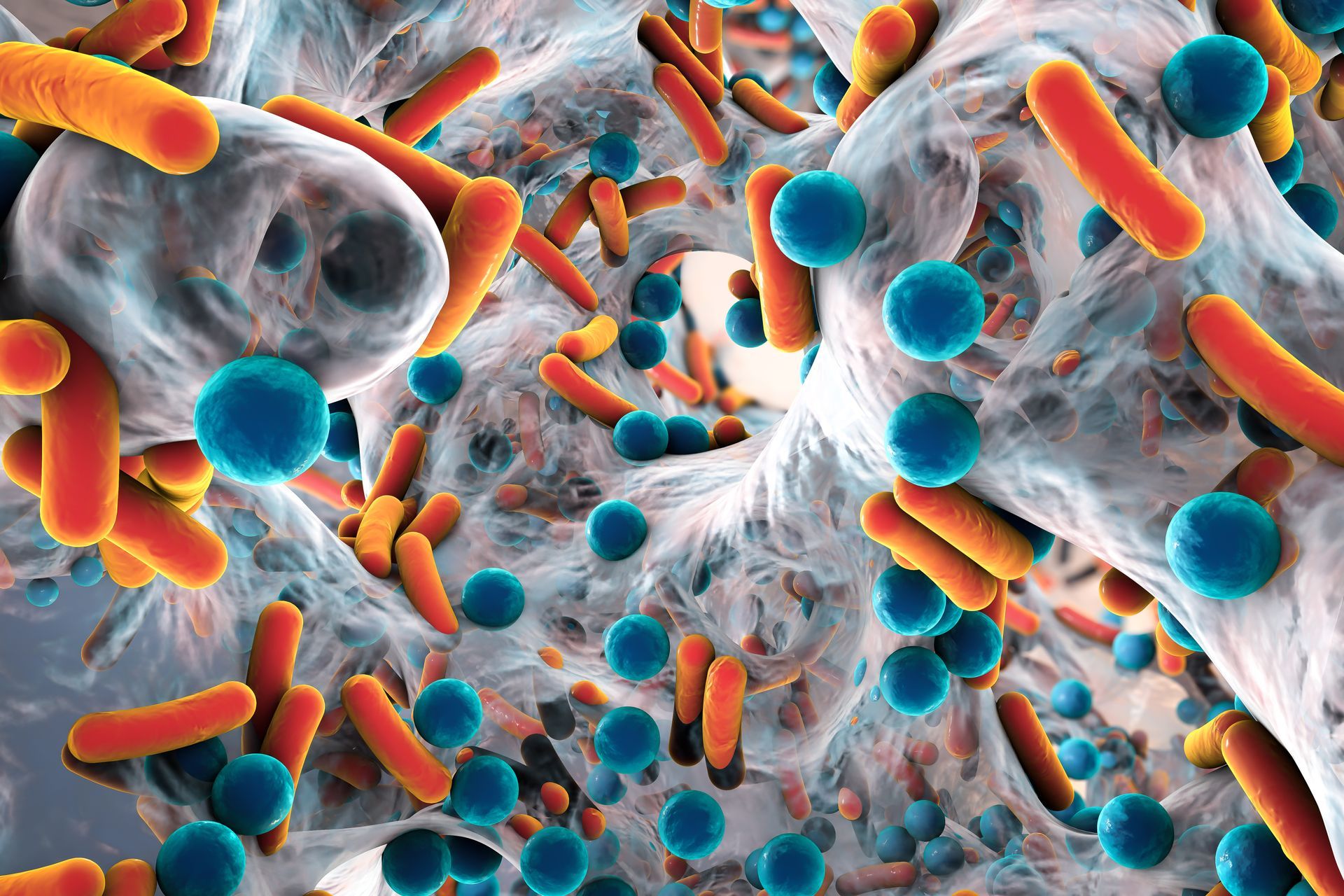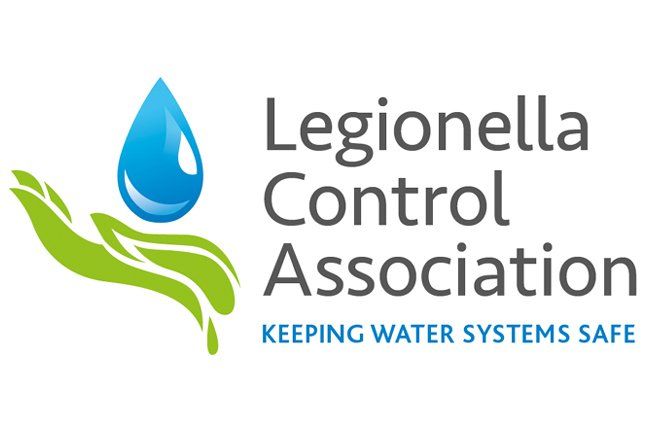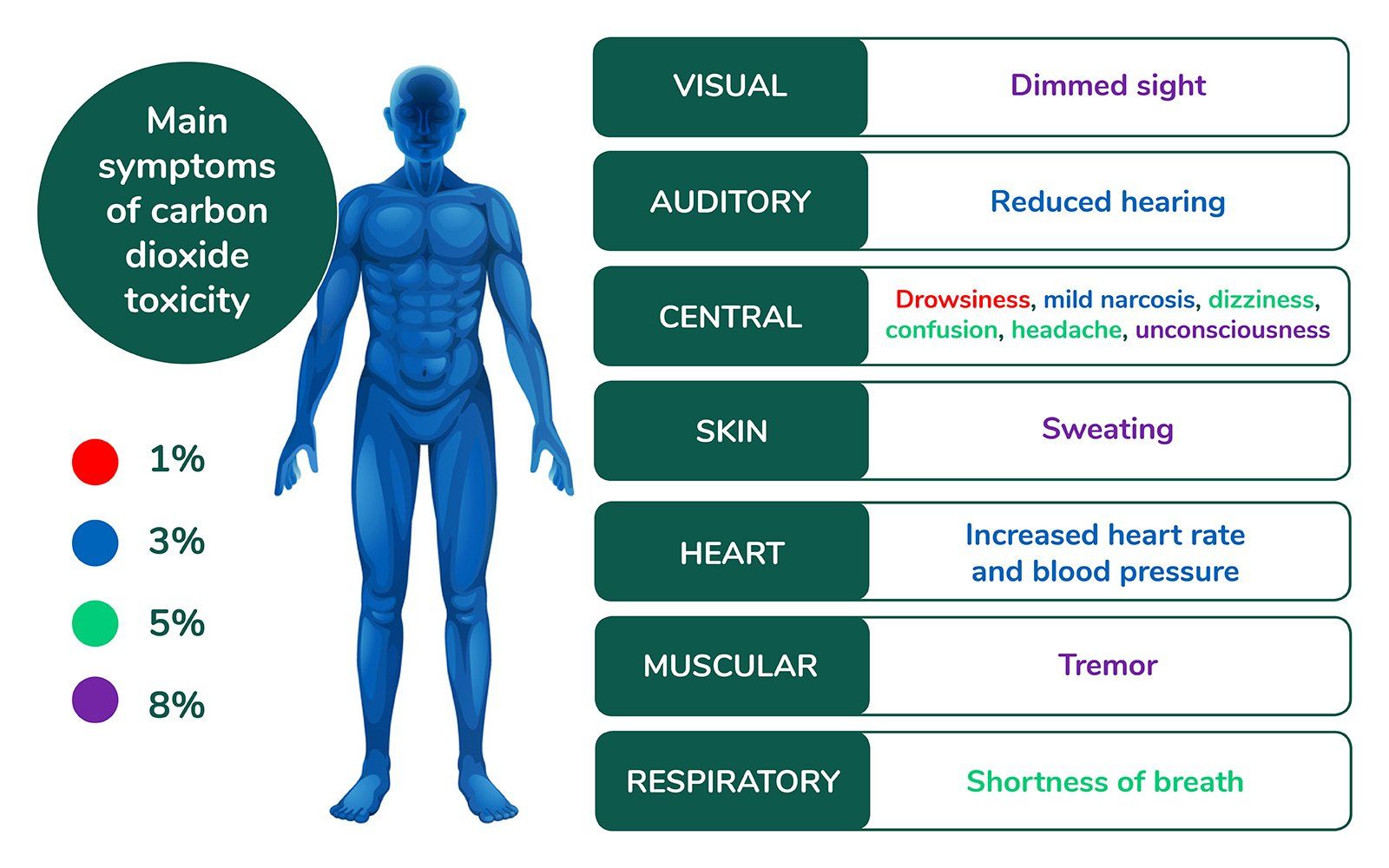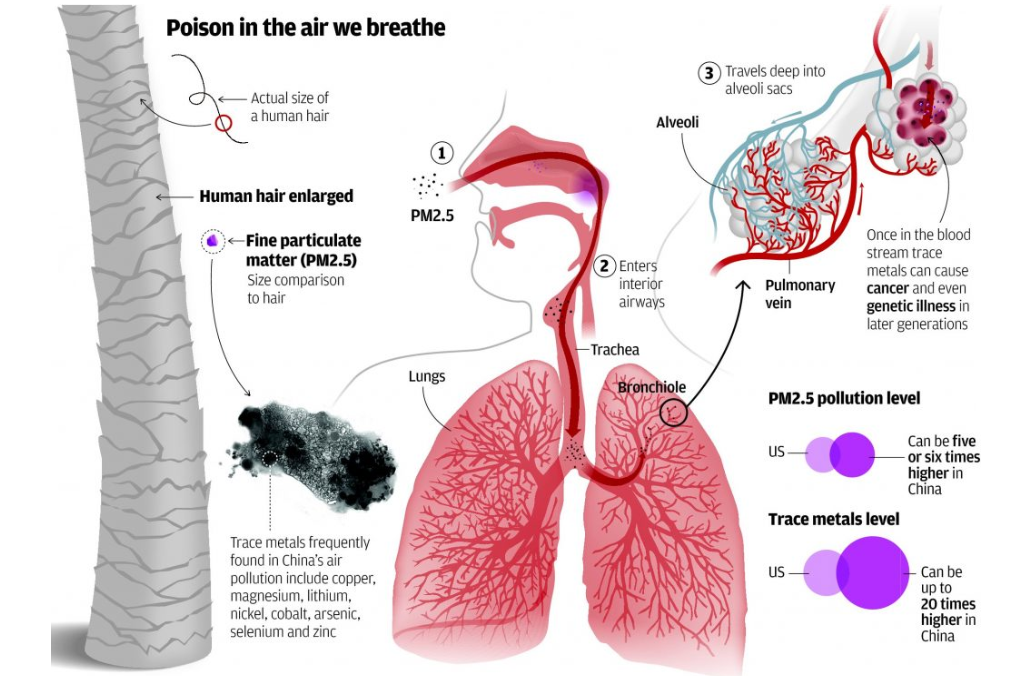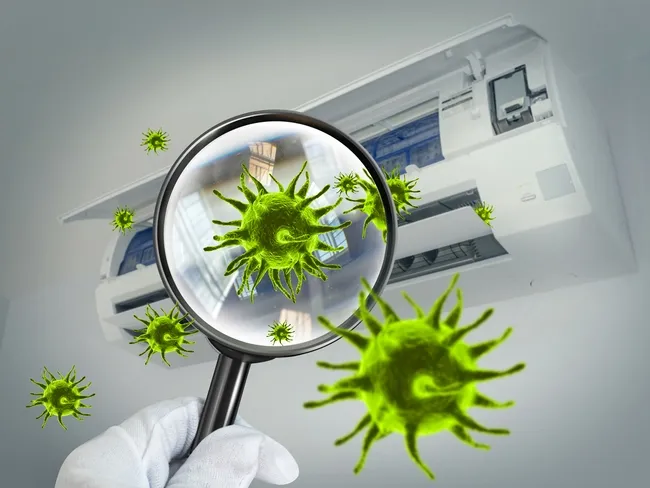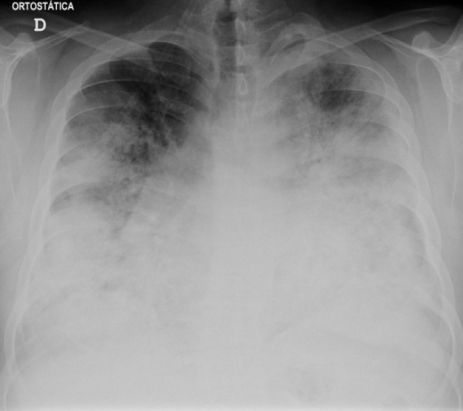ASHRAE Standard 62.1 Smart Building Technology
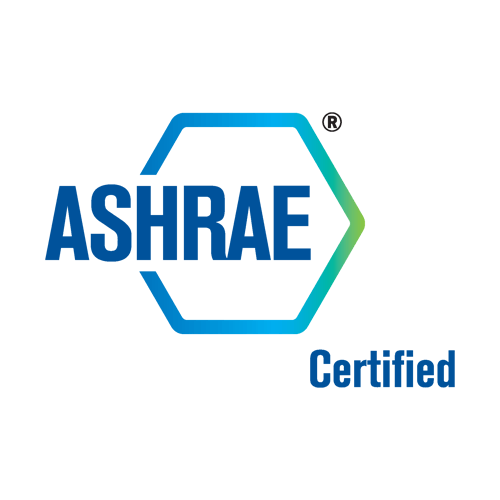
ASHRAE standard 62.1 is the most commonly used standard for indoor air quality in smart buildings. It defines the minimum requirements for ventilation rates and other measures that should be taken to ensure acceptable indoor air quality. The standard is regularly updated to reflect changing best practices and new scientific knowledge.
CO2
According to ASHRAE, inhabited spaces shouldn't have CO2 levels higher than 800 PPM to demonstrate effective ventilation.
Using smart technology to monitor air quality is one way to make sure that ASHRAE 62.1 is being met. Building automation systems can track CO2 levels and adjust ventilation rates accordingly. This helps to ensure that indoor air quality stays within acceptable levels, even as occupancy levels fluctuate.
Another important aspect of ASHRAE standard 62.1 is the use of filters to remove contaminants from the air. HEPA filters are often used in smart buildings to make sure that the air is clean and safe to breathe.
COVID-19
Smart Building Technology also uses constant electronic monitoring to ensure that ventilation systems are operating at optimal levels. This can reduce the density of COVID-19 viruses, lessening the chances of infection.
VOCs
The broad category of chemicals known as volatile organic compounds (VOCs) is included in many of the building and maintenance supplies we use in our houses. Once these chemicals are inside our businesses, they "off-gas" or are discharged into the air we breathe inside. They might or might not be odoriferous, and smell is not a reliable indicator of a health concern.
Benzene, ethylene glycol, formaldehyde, methylene chloride, tetrachloroethylene, toluene, xylene, and 1,3-butadiene are typical examples of VOCs that could be present in our daily life.
Business’s Responsibilities
Since most employees spend about ⅓ of their lives at work, it’s important for businesses to ensure that the indoor air quality, which can often be much worse than outside, is maintained to the highest standards.
Traditionally, this involved a technician coming to a building, taking an air sample, sending it to a lab, and awaiting results.
With modern technology, this testing can be done in real-time, allowing building maintenance to respond immediately.
The Easy Way to Monitor Indoor Air Quality
At Smart Building Technology, we’ve made it even easier by providing a single dashboard that shows the health of the building with a glance. We track everything in a single place so management and building maintenance can see what’s happening, that the ventilation and filtration systems are working, and what needs to be corrected to ensure the health of the employees and guests.
ASHRAE standard 62.1 is the most important indoor air quality standard for smart buildings. By following the requirements of this standard, smart buildings can ensure that their occupants have access to clean and safe air.
Let Smart Building Technology show you how we use the latest monitors and dashboard to help you keep everyone safe all the time.
